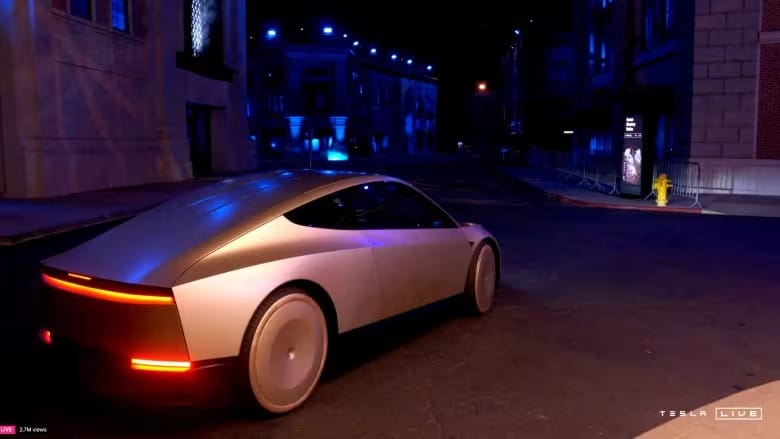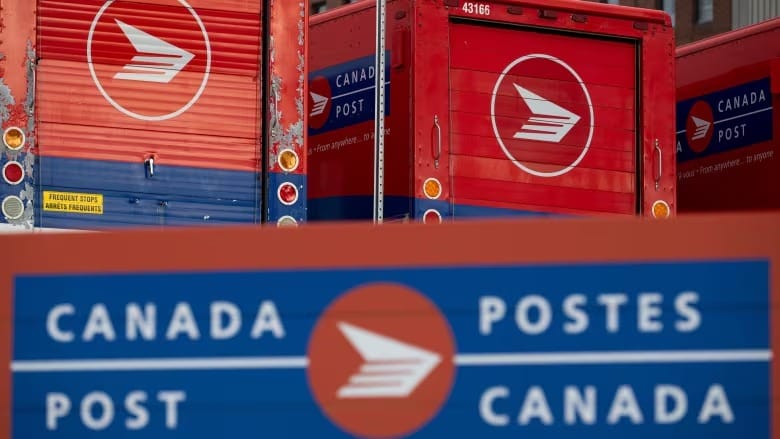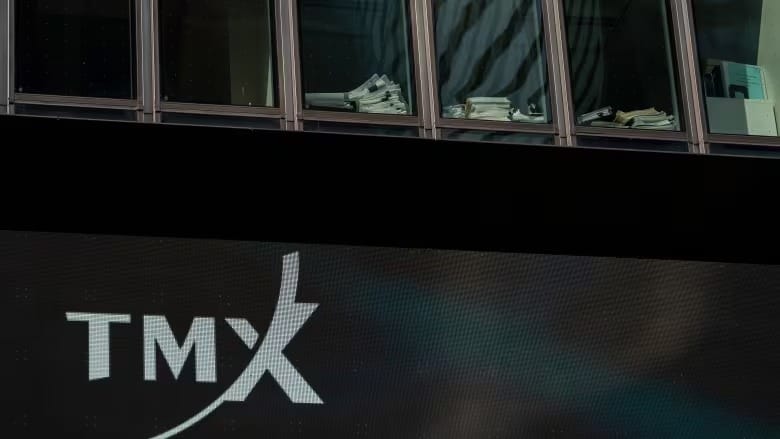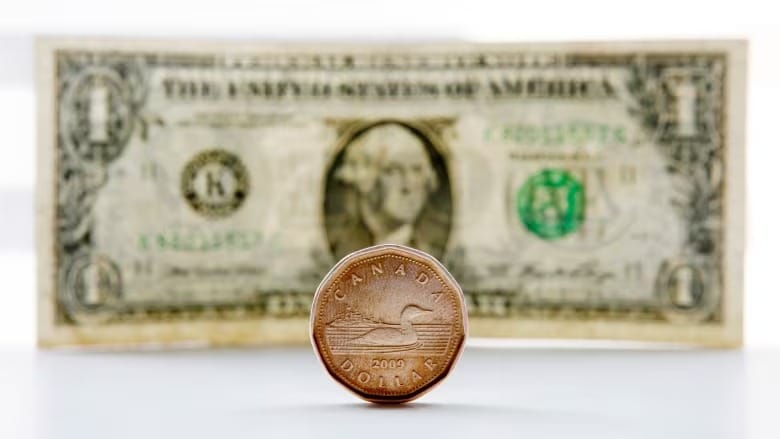Tesla's Elon Musk unveils 'Cybercab' robotaxi as focus shifts to automation
Billionaire unveils vehicle with 2 gull-wing doors, no steering wheel at much-hyped event

On Thursday, Tesla CEO Elon Musk unveiled a long-anticipated robotaxi featuring gull-wing doors, no steering wheel, and no pedals, while also surprising the audience with a robovan, shifting focus from low-cost mass-market vehicles to autonomous ones.
At a high-profile event, Musk arrived on stage in the "Cybercab," set to enter production in 2026 and priced below $30,000 USD. He then introduced a robovan capable of carrying up to 20 people but shared limited additional details. Despite Musk’s optimism, he did not provide specifics on the timeline for ramping up robotaxi production, overcoming regulatory challenges, or rolling out a business plan to outpace competitors like Alphabet’s Waymo.
Industry experts cautioned that establishing robotaxis could take years due to safety concerns, unpredictable weather, complex intersections, and pedestrian interactions. However, Musk, dressed in a leather jacket and speaking at Warner Bros. Studios in Los Angeles, expressed confidence, claiming that autonomous vehicles could be up to 10 times safer than human-driven cars and run five to 10 times longer.
"The autonomous future is here," Musk declared. "With autonomy, you get your time back."
Musk previously envisioned a fleet of self-driving Tesla taxis accessible through an app, where individual Tesla owners could list their cars to earn money as robotaxis, though the app was not mentioned during the event.
From automaker to AI robotics company
The presentation, dubbed "We, Robot," referenced the "I, Robot" science-fiction stories by Isaac Asimov and reflected Musk's earlier remarks that Tesla should be seen as an AI robotics company rather than just an automaker.
The event, which was delayed by nearly an hour due to a medical emergency, lasted less than 30 minutes and drew around four million viewers on Musk's social media platform X.
Some, like equity trader Dennis Dick of Triple D Trading, expressed disappointment: "I'm a shareholder and pretty disappointed. I think the market wanted more definitive timelines. I don't think he said much about anything."
Musk outlined that operating the Cybercab will eventually cost 20 cents per mile, with inductive charging that requires no plugs. The robovan, he added, could be even cheaper to run—at just five cents per mile.
Skepticism from experts
The new Tesla vehicles will rely on artificial intelligence and cameras, rather than lidar, which is more commonly used by competitors like Waymo. Experts have noted this approach presents significant technical and regulatory challenges.
Beyond the vehicles, Musk highlighted progress with Tesla’s humanoid robot, Optimus, which could eventually be priced between $20,000 and $30,000 and perform a range of daily tasks.
Musk had previously expressed confidence in having operational robotaxis by 2020, but this year, he shifted focus to the Cybercab and abandoned plans for a smaller, more affordable car, which many had seen as crucial for countering declining demand for electric vehicles (EVs).
Tesla risks posting its first-ever decline in deliveries this year, as incentives to attract buyers have not been enough to boost sales of its aging EV lineup. Price cuts, intended to offset rising interest rates, have also affected profit margins.
Many companies attempting to break into the robotaxi market have faced significant financial losses. Alphabet’s Waymo, with a fleet of about 700 Jaguar Land Rover vehicles, is the only U.S. firm operating uncrewed robotaxis that collect fares.
Other players in the space include Amazon's Zoox, which is testing self-driving vehicles resembling toaster ovens, and General Motors' Cruise, which recently suspended plans for its control-less Origin model.
Tesla’s current Full Self-Driving (FSD) technology requires constant driver oversight but keeps costs down. The technology has come under legal scrutiny following several fatal accidents.
"We do expect to start fully autonomous unsupervised FSD in Texas and California next year," Musk said, referring to the Model 3 and Model Y vehicles, though he did not specify if the Cybercab would use FSD or another technology.





